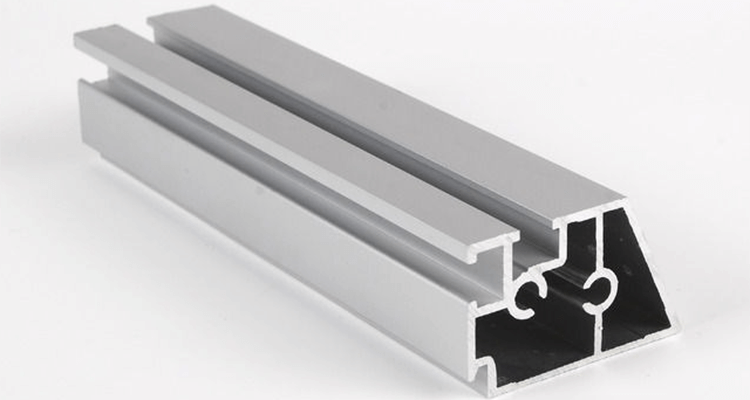The casting industry, a crucial sector in the global manufacturing landscape, has witnessed significant changes and advancements in recent years. Casting, the process of creating solid objects by pouring molten material into a mold, has a rich history dating back thousands of years. Over time, the industry has evolved, embracing modern technologies and materials to meet the demands of diverse sectors such as aerospace, automotive, construction, and consumer goods. One of the most versatile materials in this field is aluminum alloys, which play a pivotal role in shaping the contemporary status quo of the casting industry.
The Casting Industry’s Current Landscape
The casting industry is experiencing a transformation driven by a convergence of factors including technological advancements, shifting consumer preferences, and sustainability concerns. Traditionally, casting involved metals like iron and bronze, but in recent years, aluminum alloys have emerged as a preferred choice due to their exceptional properties. These alloys offer a unique combination of lightweight, corrosion resistance, high strength, and excellent thermal conductivity. As industries seek more efficient and sustainable solutions, the casting industry has embraced aluminum alloys to create components that are not only high-performing but also environmentally friendly.
Aluminum Alloys and Their Diverse Applications
Aluminum alloys are compositions of aluminum combined with other elements, resulting in materials with tailored properties suitable for specific applications. Different industries benefit from the versatility of aluminum alloys, utilizing their unique characteristics to enhance performance and efficiency in various products.

Aerospace Industry:
Aluminum alloys are extensively used in aerospace due to their low density and high strength-to-weight ratio. Alloys like 7075-T6 (composed of aluminum, zinc, magnesium, and copper) are crucial in manufacturing aircraft components such as structural frames and wings. These alloys maintain their integrity even under extreme conditions, contributing to the safety and efficiency of air travel.
Automotive Sector:
The automotive industry relies on aluminum alloys for lightweighting vehicles, improving fuel efficiency, and reducing emissions. Alloys like A356 (aluminum, silicon, and magnesium) are employed in engine blocks, transmission cases, and suspension components, helping to optimize performance while adhering to stringent environmental regulations.
Construction and Architecture:
Aluminum alloys find application in construction due to their corrosion resistance and malleability. Alloys like 6061 (aluminum, magnesium, and silicon) are used in building facades, window frames, and structural components, combining aesthetics with durability.
Consumer Electronics:
Aluminum alloys are used extensively in consumer electronics due to their aesthetic appeal, thermal conductivity, and lightweight. Alloys like 6063 (aluminum, magnesium, and silicon) are found in laptop casings, smartphone frames, and other portable devices, ensuring both functionality and design.
Specific Metal Compositions and Measurement Data
Alloy 7075-T6: Composed of 90.7% aluminum, 5.6% zinc, 2.5% magnesium, and 1.6% copper, alloy 7075-T6 exhibits a tensile strength of around 572 MPa and a density of approximately 2.81 g/cm³. Its combination of high strength and low weight makes it ideal for aerospace applications.
Alloy A356: Comprising 92.76% aluminum, 7.0% silicon, and small amounts of other elements, alloy A356 has a tensile strength of about 295 MPa and a density of around 2.68 g/cm³. Its castability and resistance to heat make it a staple in automotive manufacturing.
Alloy 6061: With a composition of 97.9% aluminum, 0.6% silicon, 1.0% magnesium, 0.28% chromium, and other trace elements, alloy 6061 boasts a tensile strength of approximately 310 MPa and a density of about 2.70 g/cm³. Its versatility finds applications in various sectors, including construction and consumer electronics.
Conclusion
The casting industry’s trajectory is undeniably shaped by the innovative application of aluminum alloys, a testament to the industry’s adaptability and commitment to technological progress. The strategic utilization of specific alloy compositions and their inherent properties have revolutionized sectors ranging from aerospace to consumer electronics. As the world continues to evolve, the casting industry, driven by aluminum alloys and their diverse applications, stands as a prime example of how traditional processes can intertwine with modern advancements to yield products that meet the demands of the present while ensuring a sustainable future. For example, alumina ceramic foam filters, foundry filters, and other products in the application of aluminum alloy for casting and for many filtration manufacturers silicon carbide foundry can not be ignored.

